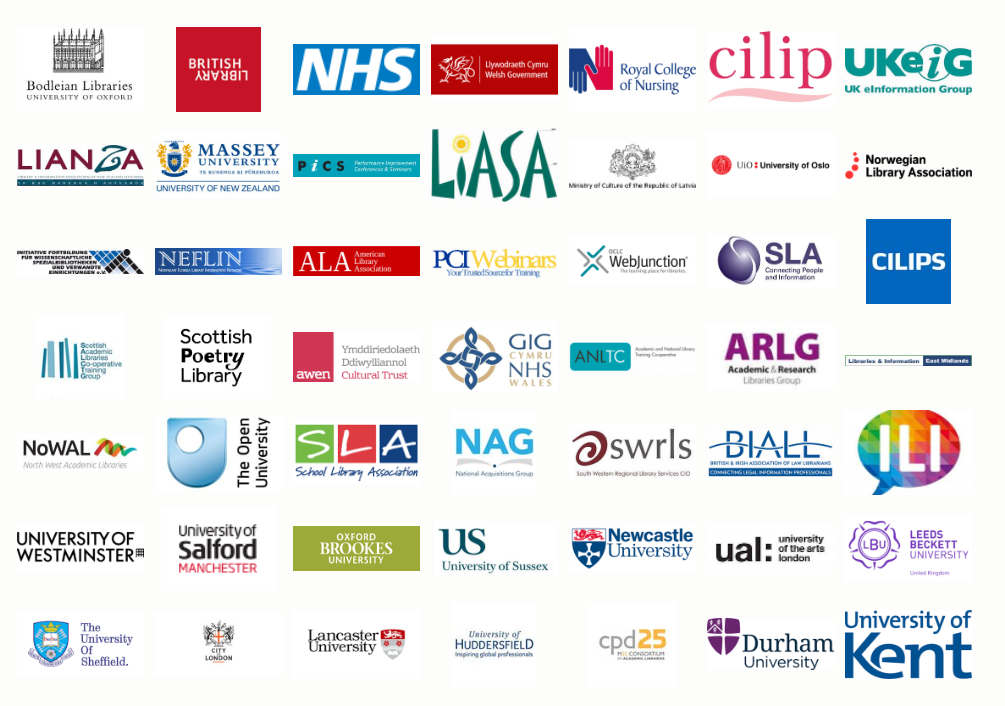10 years ago today I did my first ever freelance work. It was for the Latvian Ministry of Culture (of all people!) and within 12 months I’d run workshops for the Bodleian, then UKeIG, then the British Library, all of whom I still run workshops for a decade later, and I was off. I went down to 90% in my day-job and started doing a day of freelancing a fortnight, and I’ve now done over 270 workshops in 16 countries for 78 different organisations.
I absolutely love it. A decade of doing it is as good an excuse as any to write about it so for anyone who’s interested here’s what I’ve learned along the way.
The freelance work benefits the day-job, and having a day job benefits the freelance work
I am constantly bringing to my day job things I’ve learned doing freelance work. The analytics apps my library uses for social media, the PowerPoint techniques used to create our Induction slide decks, the campaign structure we use for our marketing - all of these were researched / developed for training and then adapted for my work place. There’s no better way to keep on top of new developments in your field than to have to know enough about them to be able to train others! So for example, when it comes time to make a video for the library there’s several apps or programmes I know how to use - because in order to include something in a workshop I always have to have used properly it myself.
It works both ways though; the day job feeds into the workshops. It grounds me in the reality of working in libraries with all the constraints that involves. Feedback I get a lot after workshops is ‘it’s so nice to have someone talk about marketing who actually works in our industry so knows what we can and can’t do’. Working in a library 4.5 days a week is extremely useful for the training that happens in the other half day.
The creation-to-delivery ratio is bonkers and not in a good way
I have a selection of workshop outlines which I adapt for each session. There’s three broad categories - strategic marketing, social media, and presentation skills - with variations. Each of those took hours and hours and HOURS to create, and then I usually spend an hour or two tweaking content and making improvements for each workshop.
Sometimes people will ask me to run training on a topic I’ve not done before, and I almost always say no - because to make 3 hours’ of content for a half-day workshop takes at least 12 hours. Planning structure, outcomes, creating slides, planning tasks and activities, writing the booklet - there’s at least a 4:1 ratio of creation to delivery. So if you take on a workshop or training gig, make sure you book in a LOT of prep time if it’s something you’ve not done a version of before.
That said, I always tweak the sessions. I’ve almost never delivered the same set of slides twice - there are always new ideas or improvements to incorporate. Sometimes I get people coming - deliberately! - to versions of sessions they’ve attended with me before, and in those cases I’m always relieved that there’ll be new content for them…
It’s lovely to build relationships over many years. One of the things I’m most proud of is that 39 of the organisations I’ve worked with have invited me back!





